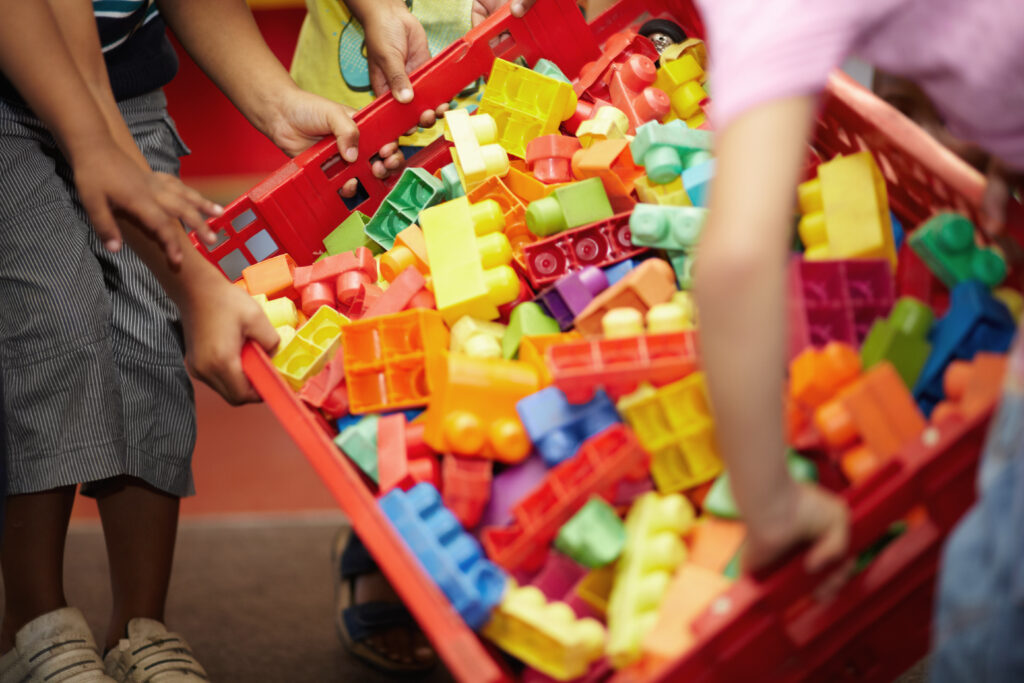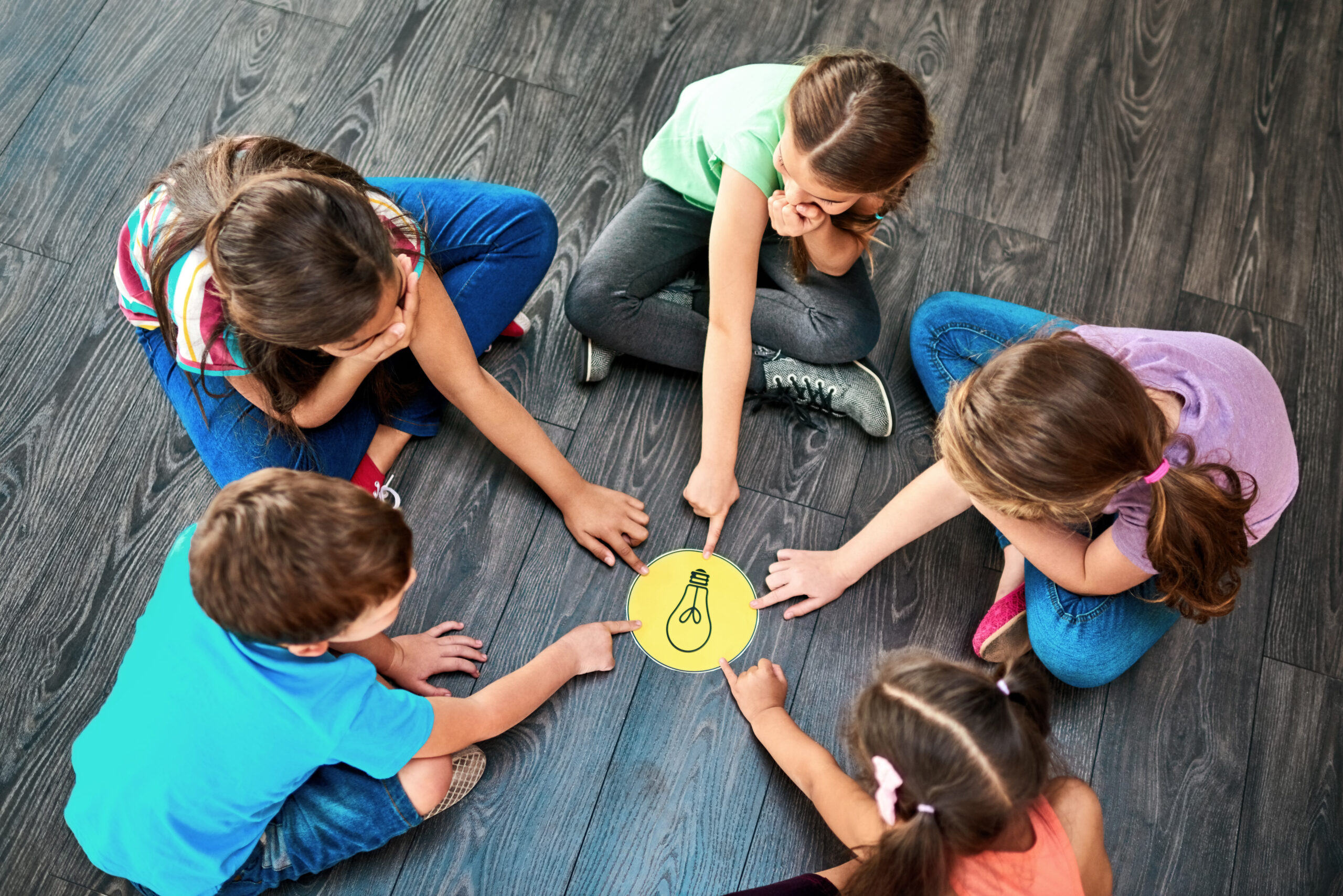7 Practical Ways to Keep Your Child Learning
Do your kids spend too much time on electronics? Here are seven practical ways to keep your child learning.
CanCan Mom’s hundreds of creative Get-to-Do Lists, routines, schedules, and solutions all make motherhood easier and more fun! Recognizing that you “Get To Do” these things because you are blessed to have a family simply reminds you to Interact with love and laughter more often than impatience.
Have fun incorporating my unique Fast & Free Quick Steps into your daily life!

Moms Crushing It with CanCan Quick Steps
Parents everywhere are seeing a trend with their children that is getting completely out of hand—electronic overload. Electronic moderation is key—and parents need to encourage kids to use their brains and their bodies on a daily basis as well.
Here are seven tips that will help keep your children’s brains sharp and agile:
- Read Everything and Anything
- Math Activities in the Kitchen and in the Store
- Stay Sharp in the Car
- Keep Them Active
- Learn a New Hobby
- Play Memory Games
- Puzzles and Construction Projects
Ways to Engage Kids Brains
Tip 1: Read Everything and Anything
One of the best gifts we can give to hungry brains is knowledge. Reading is still one of the most effective ways to learn new things.
Let them read aloud to you, their siblings, neighbors, and grandparents as often as possible.

While chapter books are certainly wonderful, you can also give your children a variety of other materials to read, such as cookbooks, nutritional labels, newspapers, magazines, menus, travel itineraries, and movie schedules.
Then, test their understanding by having them summarize what they read.
By interacting with them after they have read something, you are engaging them to think, respond, and get creative.
Tip 2: Math Activities in the Kitchen and in the Store
Families spend the majority of their time together in the kitchen. This is a wonderful opportunity to get your kids’ minds thinking mathematically and keep your child learning.
Give them some jobs in the kitchen that will require them to figure out math in their heads. Here are a few suggestions:
Idea 1: Look at nutritional labels with your child and point out the serving size and number of servings per package. Many foods, like crackers and cookies, denote servings as the number of items. Ask your child to calculate how many cookies (or crackers) would be needed to make two or four servings.
Idea 2: Ask your children to help you figure out how to make half of a recipe or how to double the recipe. Show them the amounts of each ingredient and explain that you need to use exactly half of each one or twice as much. Encourage using numerical division or have them show you the correct measuring implements.
Idea 3: When grocery shopping, head to the produce department and let your child help figure out the cost of the fruit and veggies you will be buying. Show the produce scale to your child and explain that each pound is divided into 16 ounces. Tell him how many pounds of fruit you wish to purchase and weigh the fruit you’ve picked out. Ask him to estimate how much more you need to bring it to the desired weight.
Tip 3: Stay Sharp in the Car–Will Keep Your Child Learning
The time you and your kids spend in the car really does add up, so this is the perfect opportunity to incorporate some stimulating mind exercises while on the go. Here are some of our family’s favorites:
Activity 1: Have each family member look for and choose a license plate and write it down. Remove the non-numerical symbols. Everybody compares numbers and calculates whose license plate has the largest number. Take it one step further by asking how much. What would that number round up to? Round down to? What number is in the tens place? What’s the largest place value on the license plate?
– CanCan Mom, Cheryl L. Butler

Activity 2: Tell a story that includes key elements that must be memorized. For example, you start the story by saying, “I love Cocoa Beach because of the soft sand.” The next person says, “Mom loves Cocoa Beach because of the soft sand, but I really like to ski at Attitash Mountain because of the triple diamond hills.” Everyone in the car builds on the story, but each must include the details from the very beginning of each person. It gets silly sometimes, which makes it a fun way to work on memory skills.
Tip 4: Keep Them Active
Kids who are playing outside, on the swings, on the jungle gym, in the sandbox, riding their bikes, or involved in an organized sport such as Little League or gymnastics are engaging their bodies and imaginations. They may picture themselves in other places, being chased by monkeys or dragons, living in a castle, crossing the finish line of a race, hitting a home run, or cartwheeling in front of an audience…
Kids who are playing video games and watching TV are not.
See Also: Limit Your Teen’s Screen Time With Five Easy Strategies
It’s that simple. Physical activity stimulates mental activity, so get your kids moving.

Tip 5: Learn a New Hobby
Find an age-appropriate interest for your child that he or she hasn’t tried before. It could be building a model airplane, learning to paint a still life, taking a pottery class, or teaching kids to knit and crochet. You can turn to online craft and hobby ideas to find one that suits you and your child and create something together.
When the brain is learning new skills, it’s also staying sharp.
Tip 6: Play Memory Games
There’s nothing like a good memory game to help keep your kids focused.
My kids loved it when I put about eight items in a box, let them see the box contents for about 45 seconds, and then take it away. Then, they had to name all the items that were in the box.
It’s super simple yet extremely effective—and even better when a few kids are involved because it creates a bit of competition.
Another great memory game is Concentration. Grab a deck of 52 playing cards and spread them out face down. Each player takes a turn flipping over two cards in the hope of finding a matching pair. As time goes by, the players match up pairs by memorizing the location of each card.
(If you have younger kids wanting to play as well, use cards with their favorite cartoon characters like Bluey or Peppa Pig.)
If you visit Funbrain.com, you’ll find lots of interesting memory games to play online.
Tip 7: Puzzles and Construction Projects
Crossword puzzles, word searches, and the popular game of Sudoku are great ways to exercise the brain. Kids needn’t spend hours doing them, either. Spending 15 minutes a day is perfect.
Another wonderful way to get those brains thinking is by allowing them creative play time with construction items like Legos, wooden blocks, building card houses, constructing sand castles, and playing with big foam blocks.

My pediatrician is a strong advocate for blocks because of how versatile they are for every age group. Infants and toddlers enjoy simply touching and gripping the blocks. Two-year-olds may demonstrate their first attempts at building structures and show the early signs of imaginative play. Around the age of 3, children learn how to fit pieces together and build more complex structures. Four-year-olds begin to recognize designs and patterns, and their structures become works of art.
Soon after, school-age children learn to recreate structures they see in everyday life, like the police station or their school.
Stay Focused
Helping your children keep their brains sharp doesn’t have to be daunting. If you add a few of these fun activities into your children’s regular routine, you’ll be helping them stay focused and on top of their game for years to come.
How do you keep your child’s brain sharp?
For all kinds of mom-centered creative ideas, visit me on Instagram at CanCanMomCB or on Pinterest at theCanCanMom. If you have questions or suggestions, email me at cheryl@cancanmom.com or leave a comment in the box below.







